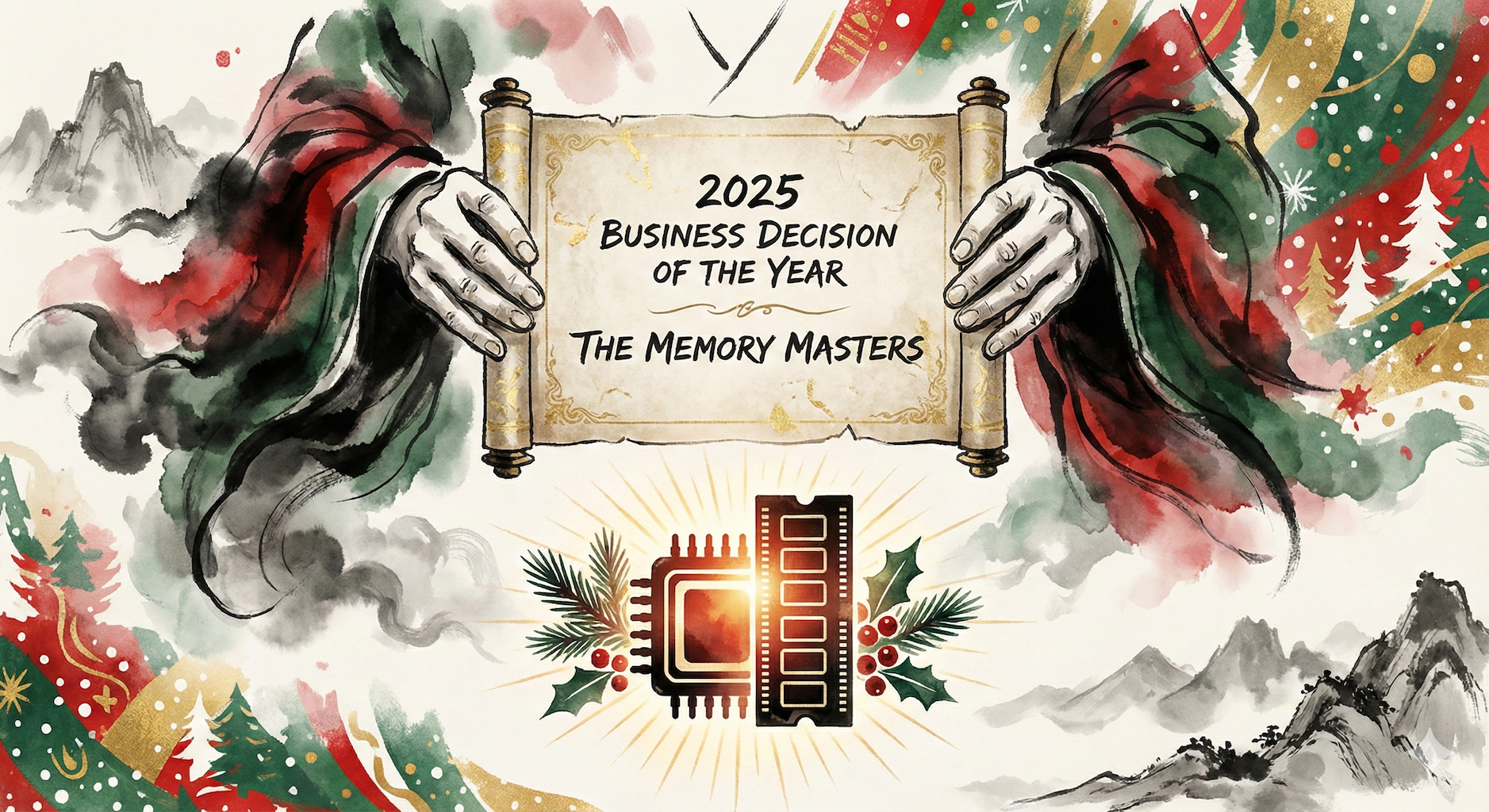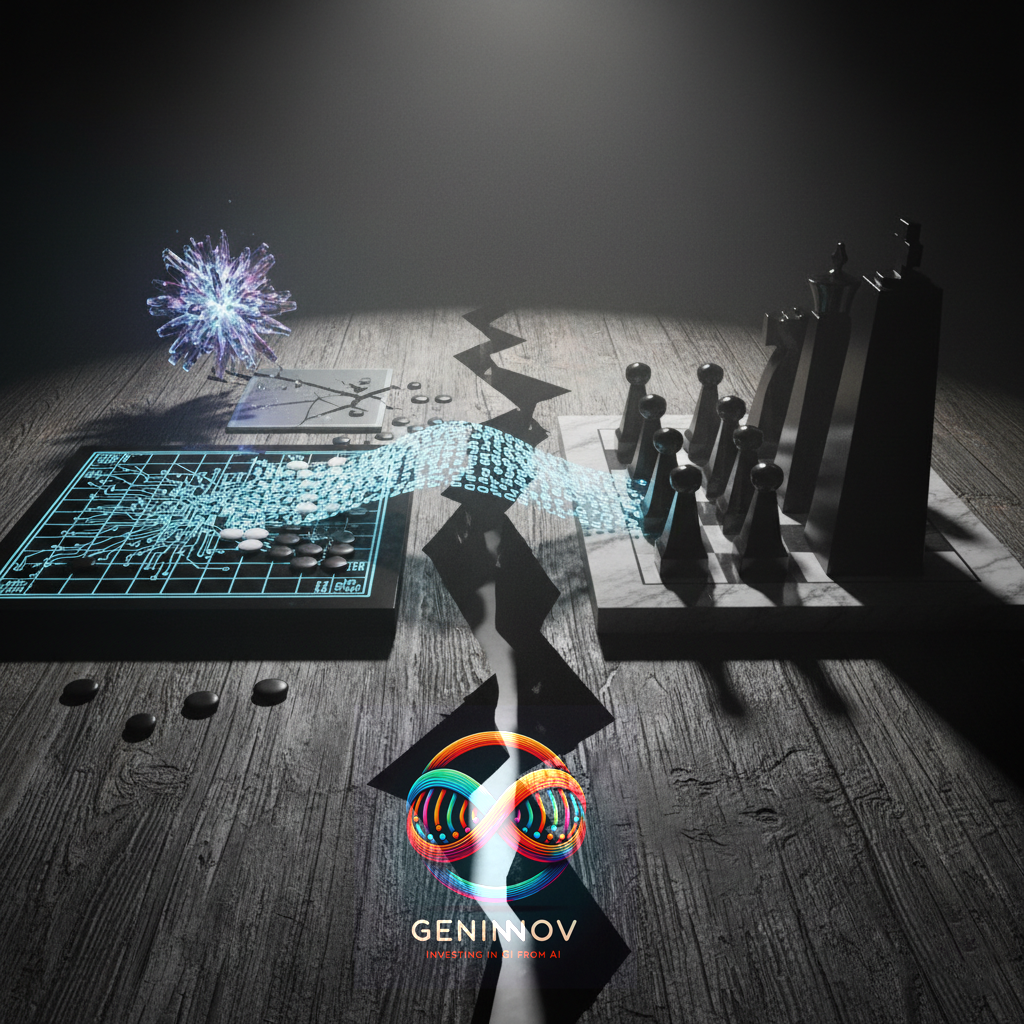Demographic factors have always influenced societal evolution, which remains true in the era of GenAI. These forces drive distinct waves of innovation across different regions, particularly in areas like automation and robotics. The earliest signs have started emerging, and they are important to pay attention to for their impact on what may lie ahead.
The Transformer Revolution: Bridging Language and Vision
As we have written repeatedly, the transformer models were designed for natural language processing. Still, few expected them to not only master virtually all human and computer languages with the same formulas but, more astonishingly, conquer computer vision, too, enabling machines to interpret and understand visual information with unprecedented accuracy.
This dual mastery has catalyzed explosive growth in autonomous driving and robotics. The stagnation once plagued specific segments of these industries is dissipating, replaced by rapid advancements and real-world applications.
Automation Anxiety: A Growing Global Concern in the US
The headlines of automation anxiety are accelerating in the US and countries with growing populations. Consider some of the examples below:
- Union Strikes: The International Longshoremen's Association, representing US dockworkers, was striking last week for a complete ban on automation apart from its wage-related demands.
- Creative Concerns: The Writers Guild of America is demanding safeguards for writers' jobs in the face of AI's growing capabilities, and this demand became a key feature of their strike last year.
- Auto Industry Apprehensions: The United Auto Workers union has repeatedly voiced concerns about automation's impact on the automotive industry and negotiated for job protections.
- Trucking Troubles: Protests and calls for regulation have arisen in the trucking industry.
A different path in North Asia so far
Chinese car manufacturers are at the forefront of integrating AI into automotive technology. Baidu and Pony.ai are already discussing Level 4 autonomy in some quarters, while numerous players in the local industry are announcing Level 3 autonomous driving capabilities. The Chinese government has been actively promoting the development of autonomous driving technology through various policies and initiatives. More than 20 cities in China have launched policies supporting autonomous driving tests, with over 60 enterprises having obtained autonomous driving test licenses.
The pace is no different in Robotics. At the recent World Robot Conference 2024 in Beijing, 27 different Chinese-designed humanoid robots were exhibited. Some robots, like Agibot, were designed for industrial use, while others, like Astribot, were for calligraphy, Galbot for food delivery, NAVIAI for tea making, and Wanda for household chores.
News items about robot baristas in the cities of Beijing or Seoul are being welcomed for their impact on lowering product costs and improving efficiencies rather than their impact on jobs.
Korea and Japan are in the same boat. Some in Inchon have started being delivered their food by robots. At the same this, by some count and also a while ago, the nation claims to have reached a robot density of 1,012 units per 10,000 employees in manufacturing, the highest globally. Japan has similar tales and incredibly heartwarming stories like those of DAWN Avatar Robot Café.
A Tale of Two Paths
This divergence is l ikely to result in varying regulations and product launches across the globe. While China may witness a swift rollout of automation technologies, the US may adopt a more cautious and regulated approach. Ultimately, automation could become a preferred alternative to immigration or offshoring for nations seeking to boost efficiency and reduce the costs of products and services. Eventually, the efficiency gains may force everyone to be on similar paths, but not for a while.



